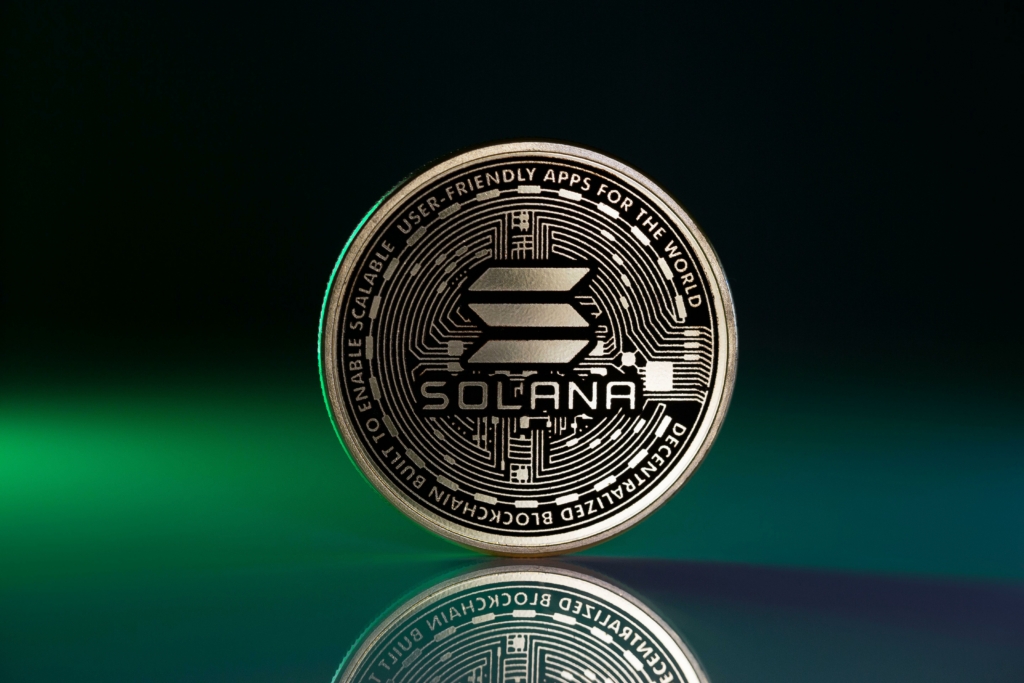In the fast-evolving world of cryptocurrency, Ethereum has long been one of the leading players. However, with the rise of Solana, a newer blockchain platform known for its speed and low costs, Ethereum is facing growing competition. Ethereum 2.0, an upgrade designed to improve the network’s scalability, security, and sustainability, is poised to answer this challenge. But will it be enough to keep Ethereum on top?
Ethereum’s Ambitious Upgrade: Ethereum 2.0
Ethereum 2.0 (often referred to as Eth2) is a highly anticipated upgrade to the Ethereum blockchain. The upgrade moves Ethereum from a Proof-of-Work (PoW) consensus mechanism to Proof-of-Stake (PoS), which is expected to reduce energy consumption, improve transaction speeds, and increase overall network scalability. The transition is being done in phases, with the final stage, the “merge,” completed in 2022.

One of the key features of Ethereum 2.0 is its ability to handle more transactions per second (TPS) through the introduction of “shard chains.” Sharding breaks up the blockchain into smaller, more manageable pieces, allowing for parallel processing and increasing efficiency. This is expected to significantly address the network’s current scalability issues.
Solana: A Speed Demon in the Crypto Space
Solana has garnered attention for its speed and low transaction costs. Unlike Ethereum, which has struggled with high gas fees during periods of network congestion, Solana uses a unique consensus mechanism called Proof-of-History (PoH), combined with Proof-of-Stake. This allows Solana to process thousands of transactions per second with minimal fees.

Solana’s fast transaction speeds have made it particularly popular for decentralized finance (DeFi) applications and non-fungible tokens (NFTs). The platform can process around 65,000 TPS, far surpassing Ethereum’s capabilities before the Ethereum 2.0 upgrade. Its low fees have attracted developers and users looking for a more affordable alternative to Ethereum, particularly when Ethereum’s network is congested.
Will Ethereum 2.0 Be Enough to Maintain its Lead?
While Ethereum 2.0 brings many improvements, Solana’s superior speed and low fees present a significant challenge. The Ethereum community is optimistic that the upcoming changes will address many of the network’s current pain points, but it’s still uncertain whether it will be enough to fend off competitors like Solana.

Ethereum 2.0’s shift to Proof-of-Stake offers energy efficiency, while sharding aims to enhance scalability. However, Solana’s current performance is impressive, especially when it comes to real-time applications. Ethereum has a robust developer ecosystem, which will continue to be its strength, but it needs to continue innovating to stay ahead.
Conclusion: A Race to the Future
In the battle between Ethereum 2.0 and Solana, it’s clear that both platforms have their unique strengths. Ethereum 2.0 promises improvements in scalability and sustainability, but Solana’s speed and low transaction fees could continue to make it an appealing choice for developers and users alike.
Ultimately, the outcome of this race will depend on the continued development of both platforms and how they address the evolving needs of the cryptocurrency space. While Ethereum 2.0 may secure its position at the top, Solana’s growth shows that the competition is fierce, and only time will tell which blockchain will lead the future.



